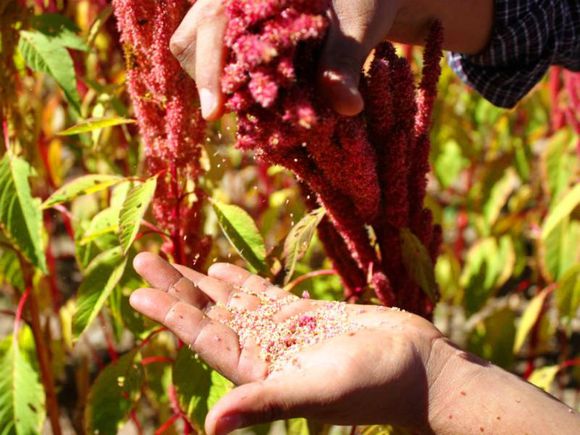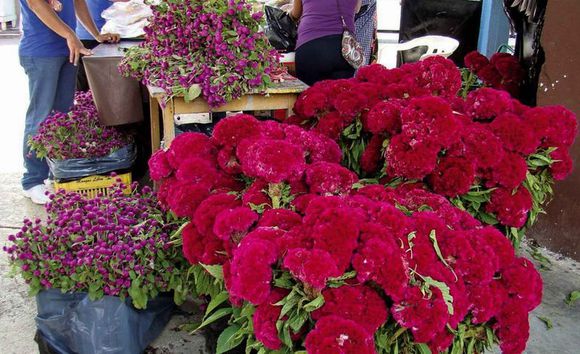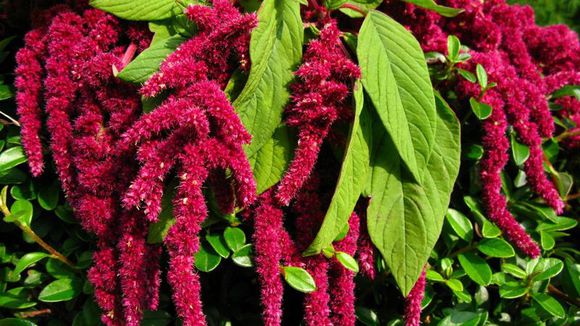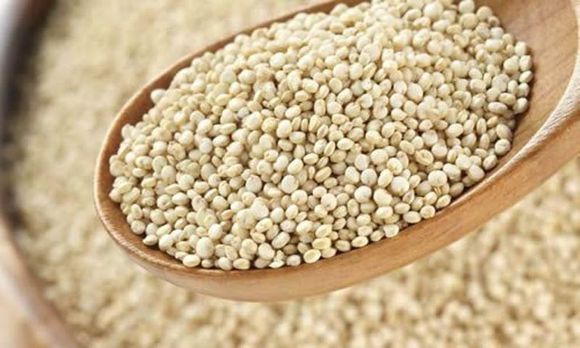MÉRIDA, Yucatán, (August 24, 2021).- Although in the current Yucatan the consumption of Amaranto is not common, some studies indicate that the Mayas cultivated the amaranth plant like the Aztecs and Incas.
More than 500 years ago, amaranth was one of the staple foods in Mesoamerica, as important as beans and corn.

(Photo: internet context)
Not long ago, the world discovered it and it was immediately recognized and admired for its great nutritional value and has been promoted as an alternative super food.
Flower of xtes
In Maya, amaranth was known as ‘tez’ or ‘xtes’, in fact currently in Yucatan the flower of xtes is still used in the altars of Hanal Pixán and it is a flower whose scientific name is Celosia Argenta, a small genus of plants of the Amaranthaceae family.
However, the species of amaranth called Coime or Amaranthus cruentus was the plant consumed by pre-Columbian peoples.

(Photo: Internet context)
Amaranth grain production was at its peak during the Maya and Mexica periods in North and Central America.
The Maya used it as a high-yielding crop, especially appreciating its nutritional value.
Nutritional properties of amaranth
Although it is a food of plant origin, amaranth is considered a pseudocereal. It contains between 16 and 17% of the daily requirements for the protein content of essential amino acids.
Also, it is a source of B complex vitamins and phenolic compounds with antioxidant power. It also has a high content of minerals, such as calcium, potassium, magnesium, and phosphorus.

(Photo: internet context)
Due to its rich content of high-quality plant-based proteins and the absence of gluten, it is an excellent option for a vegan diet and for people with celiac disease.
In fact, if it is supplemented with other foods such as oilseeds, it can be a substitute for proteins of animal origin.
It is, in the same way, a great source of iron, zinc, and selenium, elements that strengthen the immune system; just as its minerals do with bones.
Medicinal properties
The consumption of amaranth helps prevent cardiovascular diseases since it controls dyslipidemia and blood pressure values. Also, due to its antioxidants, it reduces oxidative stress.

(Photo: internet context)
Its calcium intake, almost twice that of milk, is especially important for women who have osteoporosis problems or are in menopause when bone loss accelerates.
In addition, its high iron content allows the female body to recover more quickly from the losses caused by menstruation and, in this way, prevent anemia.
Due to its nutritional composition, amaranth is considered one of the 36 vegetables with the greatest nutritional potential for humanity.
Source: Sipse
TYT Newsroom



